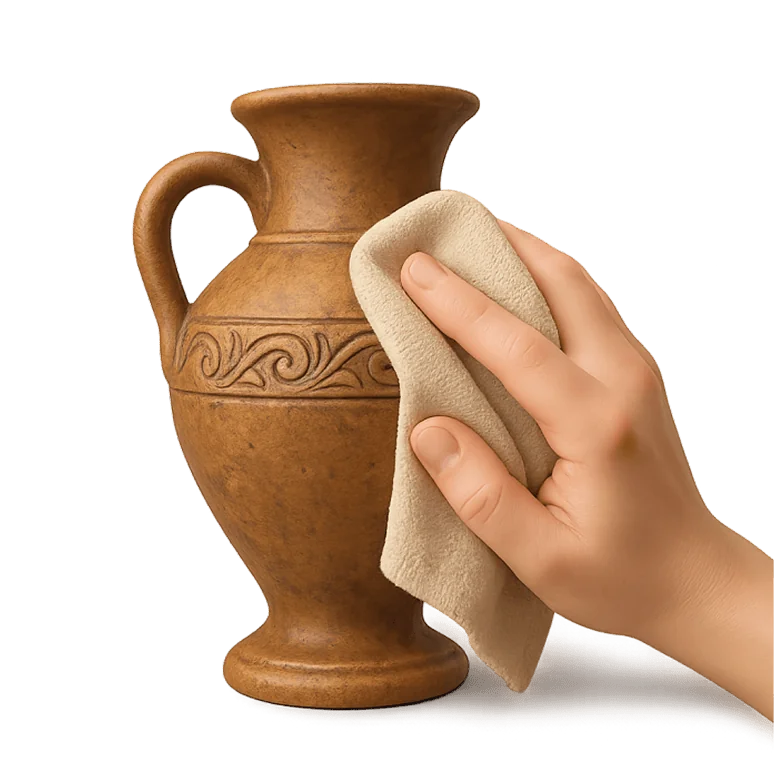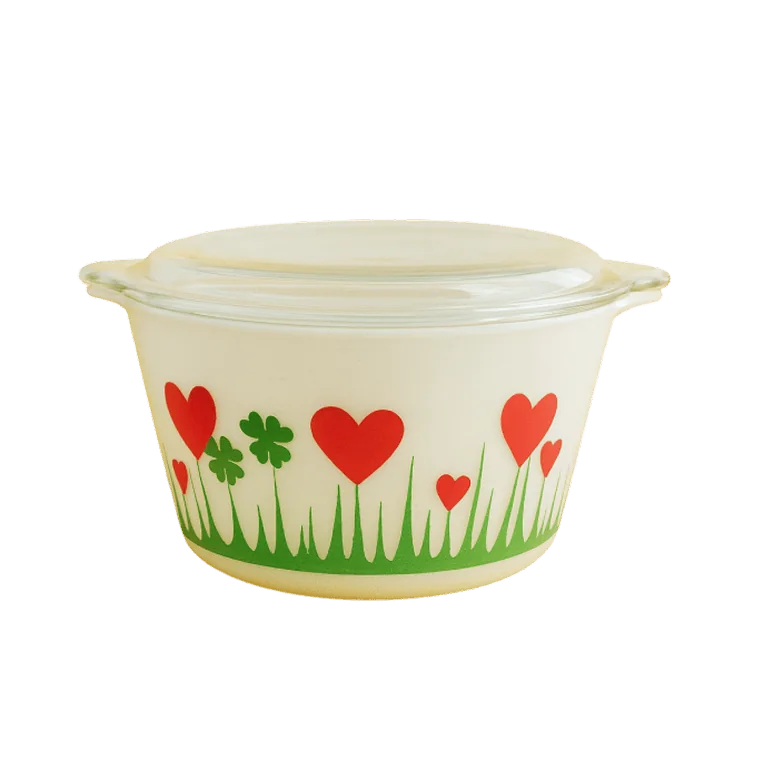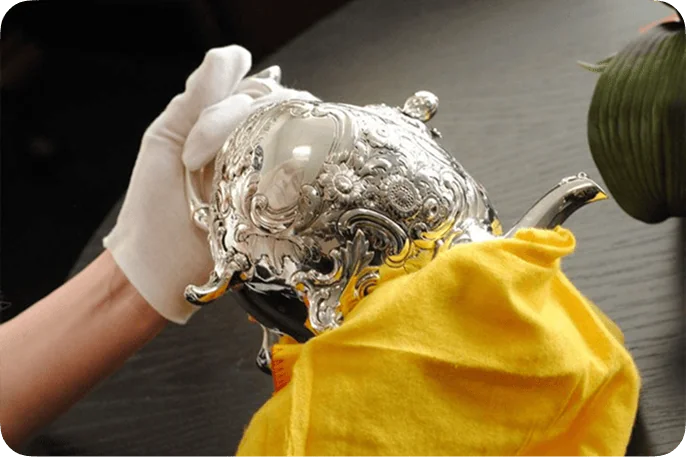
Overcleaning or Polishing
Shiny isn't always better.
Excessive cleaning or polishing — especially of metals — can strip away the original finish or patina, which often holds historical and monetary value.
Do this instead:Gently dust with a soft cloth. Leave patinas and aged surfaces intact unless professionally advised.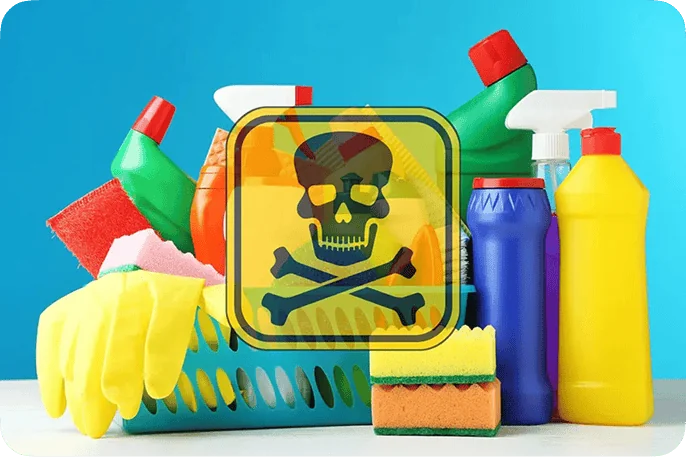
Using Harsh Cleaning Products
Chemicals like bleach, ammonia, or alcohol-based sprays can discolor, warp, or weaken materials like wood, fabric, and metal.
Stick to:Mild soap, water (when appropriate), and a cautious hand. Or better yet, leave cleaning to experts.
Storing in the Wrong Environment
Attics, basements, or garages may seem like convenient storage — but moisture, temperature shifts, and pests can be disastrous
Ideal storage:Climate-controlled rooms with stable humidity and no direct sunlight.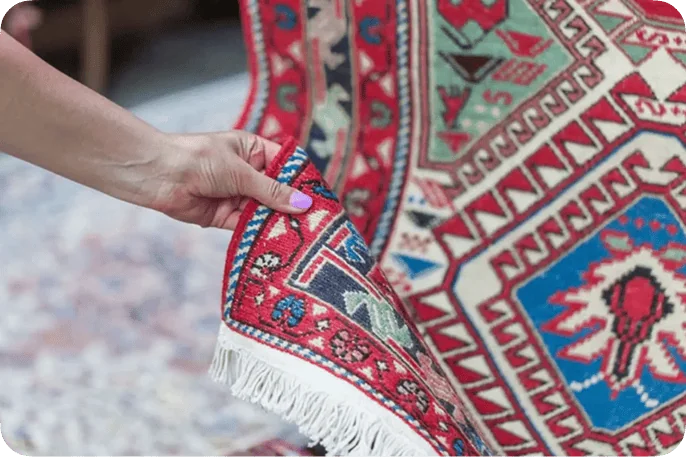
Improper Handling
Grabbing delicate pieces with bare hands or moving them incorrectly can cause breakage, stains, or wear
Tip:Use gloves, support items from the base (not handles), and avoid touching painted or gilded surfaces.
DIY Repairs or Restoration
Using glue, nails, or modern materials to "fix" something might ruin its authenticity — and its value.
People are eager to learn whether their heirloom clock is a common model or a rare find.
Pro tip:Consult a restoration expert. Bad repairs can lower appraisal value or make damage irreversible.Bonus Tip: When in Doubt, Don't Touch It
If you're unsure whether an item can be cleaned, fixed, or moved safely, leave it alone and scan it with Zophi first. Knowing more helps you protect what matters.


